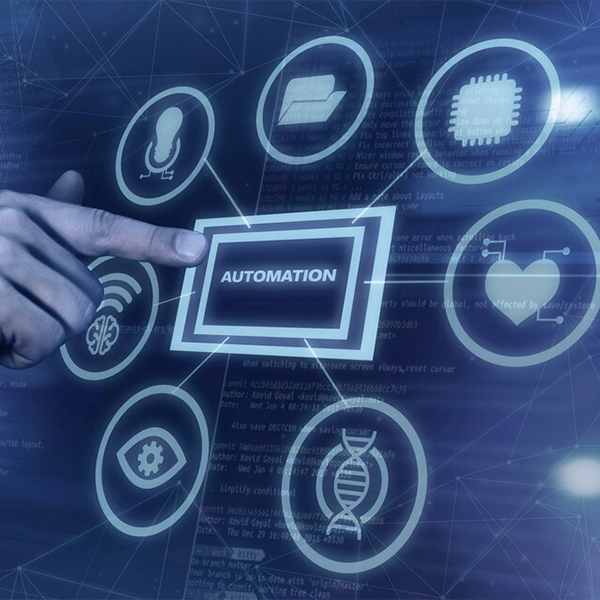DevOps Development Services
If you want to produce better software fast then there is a way to go to devops. Devops connects development (DEV) and operation (OPS) to improve software construction and distribution speeds, safety and efficiency on traditional methods. With a more flexible software development life cycle, businesses and their users can benefit from competitors. The purpose of the devops approach is to reduce the time required to create a system, while also ensuring that high quality software is continuously distributed. This strategy is built on four basic ideas that make application building and deployment more effective and efficient. The following ideas are based on the best features of current software development.
Basic guidelines for DevOps
The software creation lifecycle is being automated. This involves automating operations like tests, builds, releases, setting up development environments, and other tasks that need to be done by hand and could take longer or lead to mistakes in the software delivery process.
Working together and talking to each other. A competent DevOps team like Rapid IT Zone automates things, but a great DevOps team also works well together and talks to each other.
Always getting better and eliminating waste as much as feasible. High-performing Rapid IT Zone DevOps teams are continuously looking for ways to make things better. They do things like automating jobs that are done over and over again and keeping an eye on performance data to find ways to cut down on release timeframes or mean-time-to-recovery.

Short feedback loops and a strong focus on what users want.
The four steps of DevOps
DevOps has progressed through four distinct stages, each distinguished by technological and organizational advancements.This development indicates how hard the devops have become, which is mainly due to two primary trends: Going to Microservices: As outfits infection for more adaptable microsarvis design than the organization rigorous monolithic systems, experts seek the demand for devops tools. This update is intended to fit with microservices' increased flexibility and granularity. More Tool Integration: Because there are so many projects and DevOps tools required, there are many more links between them. Because devops equipment are so complex, business is reconsideration of how to hug them and integrate them. Devops have progressed through four stages, each has been addressed to the needs developed in each and the challenges of distributing software.
Step 1: Bring your own gods
Throughout the Bring Your Own DevOps process, each team selected its own set of tools. Teams struggled to collaborate using this strategy because they were unfamiliar with the tools of other teams. This stage demonstrated the need for a more consistent set of tools to facilitate team collaboration and project management.


Step 2: Best in its class. CodeOps
Companies went on to the second phase, Best-in-class DevOps, to address the issues that arose when using various tools. At this point, all firms employed the same set of tools, with one tool designated for each stage of the DevOps lifecycle. It facilitated team collaboration, but it proved difficult to ensure that software modifications were applied to all tools at the appropriate time for each phase.
Step 3: Do It Yourself. CodeOps
Do it yourself (DIY) Companies employed DevOps, which builds on and across existing tools, to address this issue. A significant amount of bespoke work was required to link their DevOps point systems. However, because these technologies were developed individually and not with integration in mind, they never completely fit together. Many firms struggled to keep up with DIY DevOps, resulting in higher expenditures and developers devoting more time to tool integration rather than concentrating on their main software product.


Step 4: The DevOps Platform
A single-application platform method simplifies things for the team and the business. Do-it-yourself DevOps has been replaced by a DevOps platform that allows you to monitor and manage all phases of the DevOps lifecycle. What benefits can AI and Machine bring in learning devops? Artificial Intelligence (AI) and Machine Learning (ML) are still in their early stages in Devaps, but businesses may already benefit what they have to offer.They assist in reviewing test results and identifying unusual coding that may result in issues. They also aid in the automation of security and speed monitoring, allowing problems to be identified and addressed early on. AI and machine learning can identify trends, determine the source of errors in code, and notify DevOps teams so that they may investigate further. Similarly, Rapid IT Zone DevOps teams can utilize AI and machine learning to search security logs and other tools for threats, breaches, and other issues. Once these issues are identified, AI and ML can automatically resolve them and deliver notifications. AI and machine learning can save time for developers and operations staff by determining how they operate best, recommending modifications to processes, and automatically putting up preferred infrastructure configurations.
